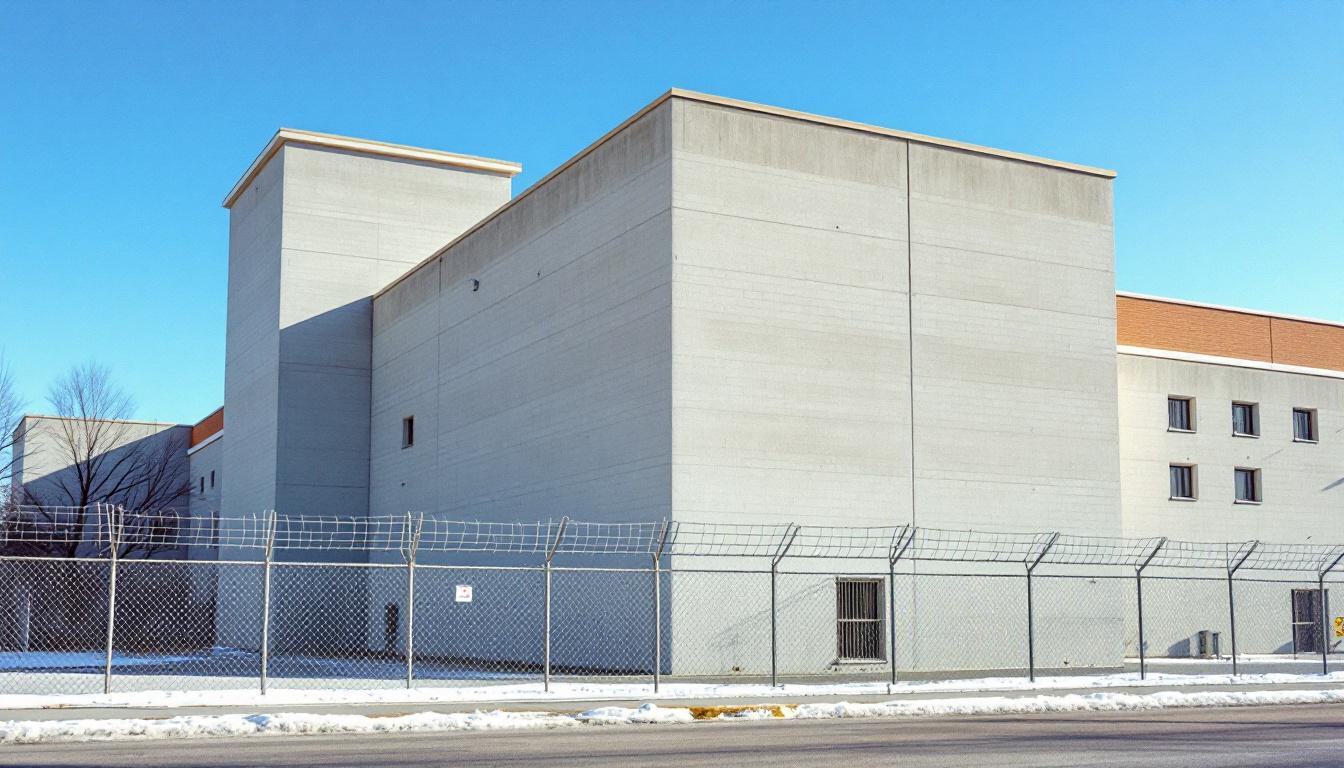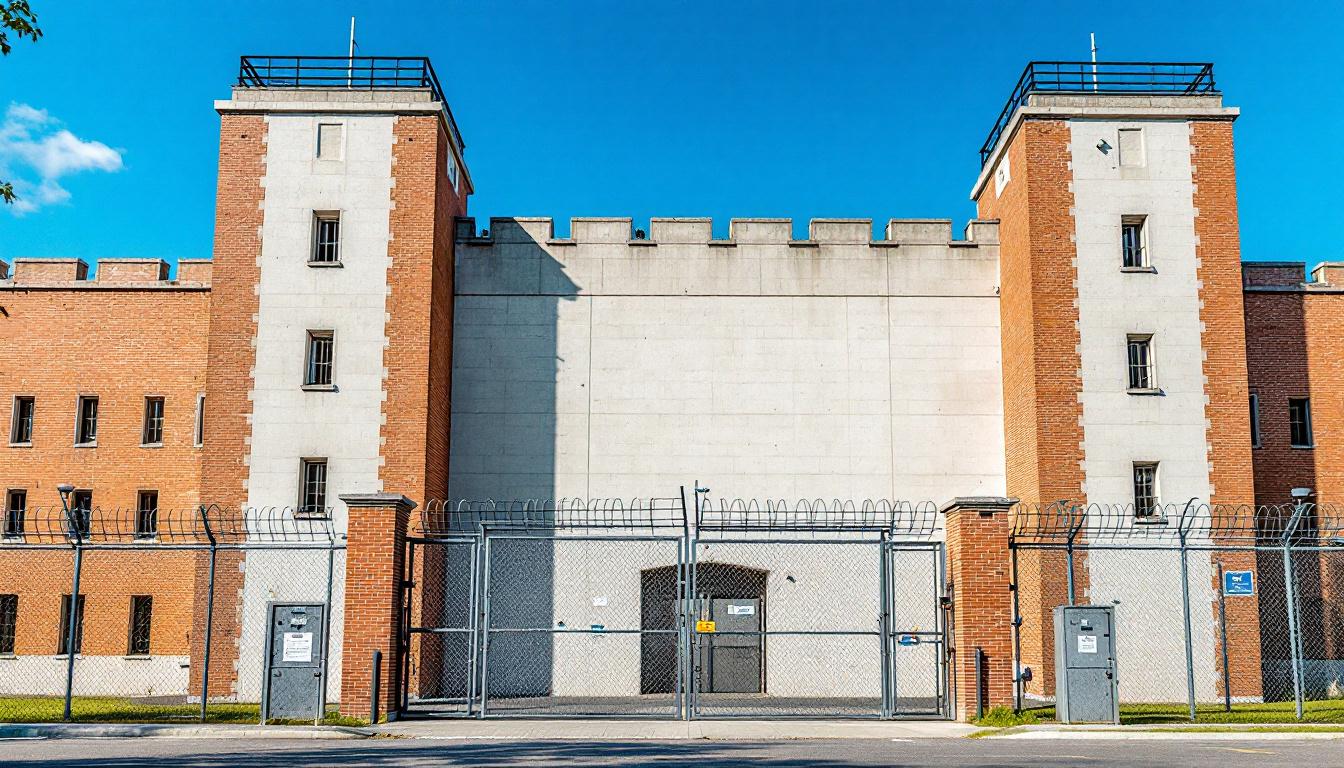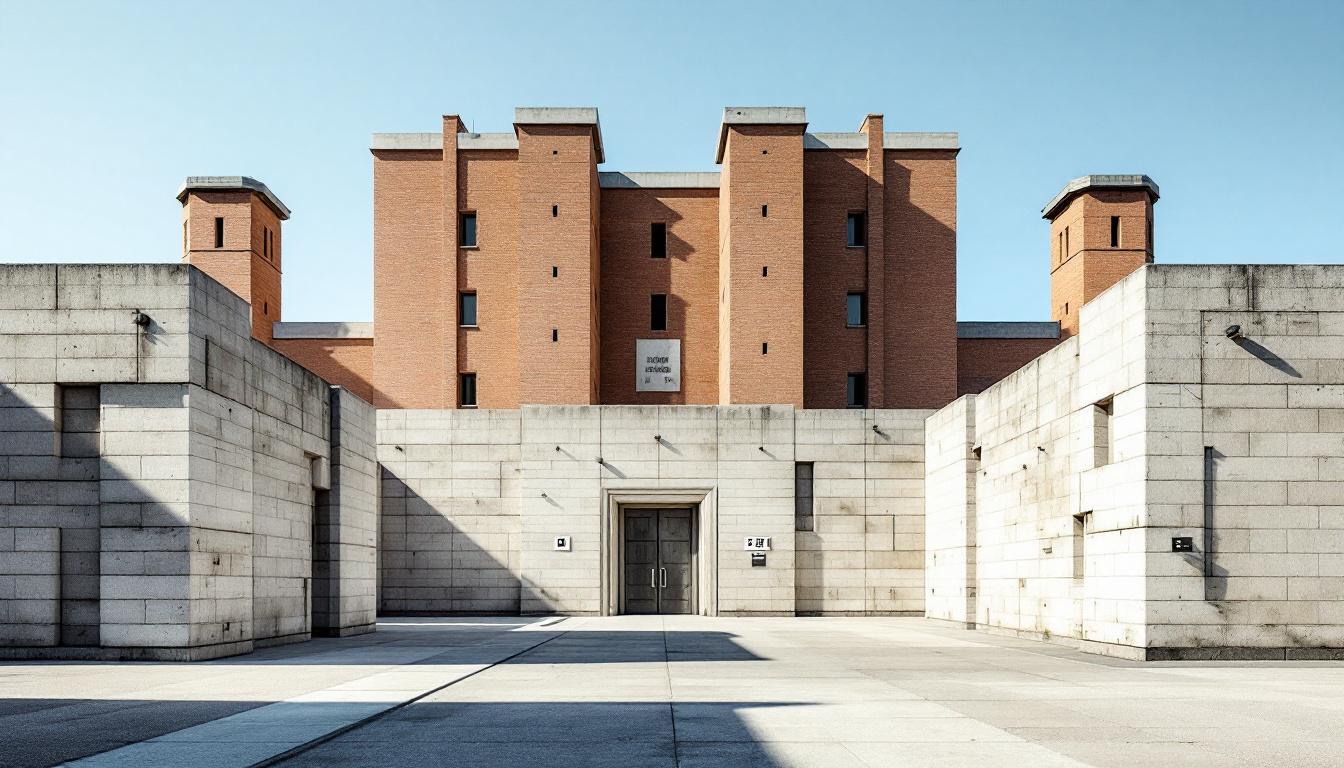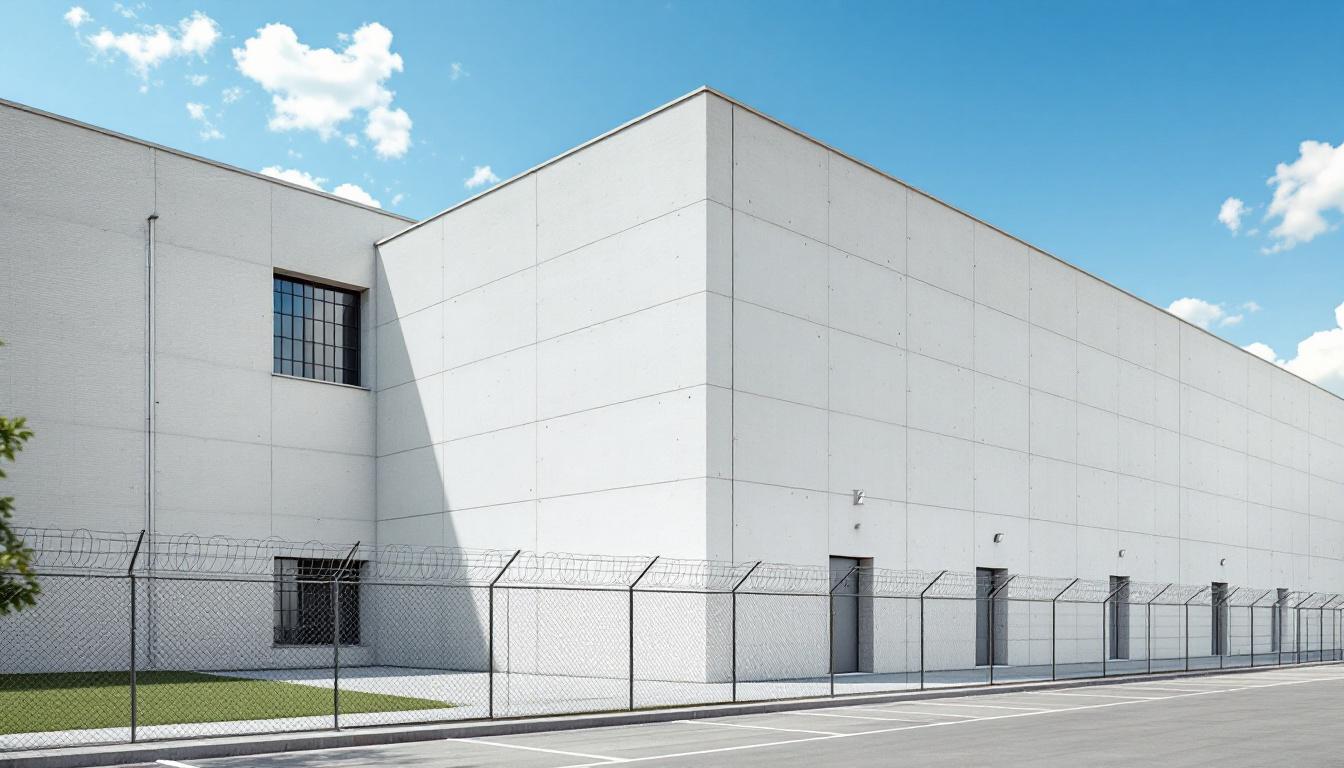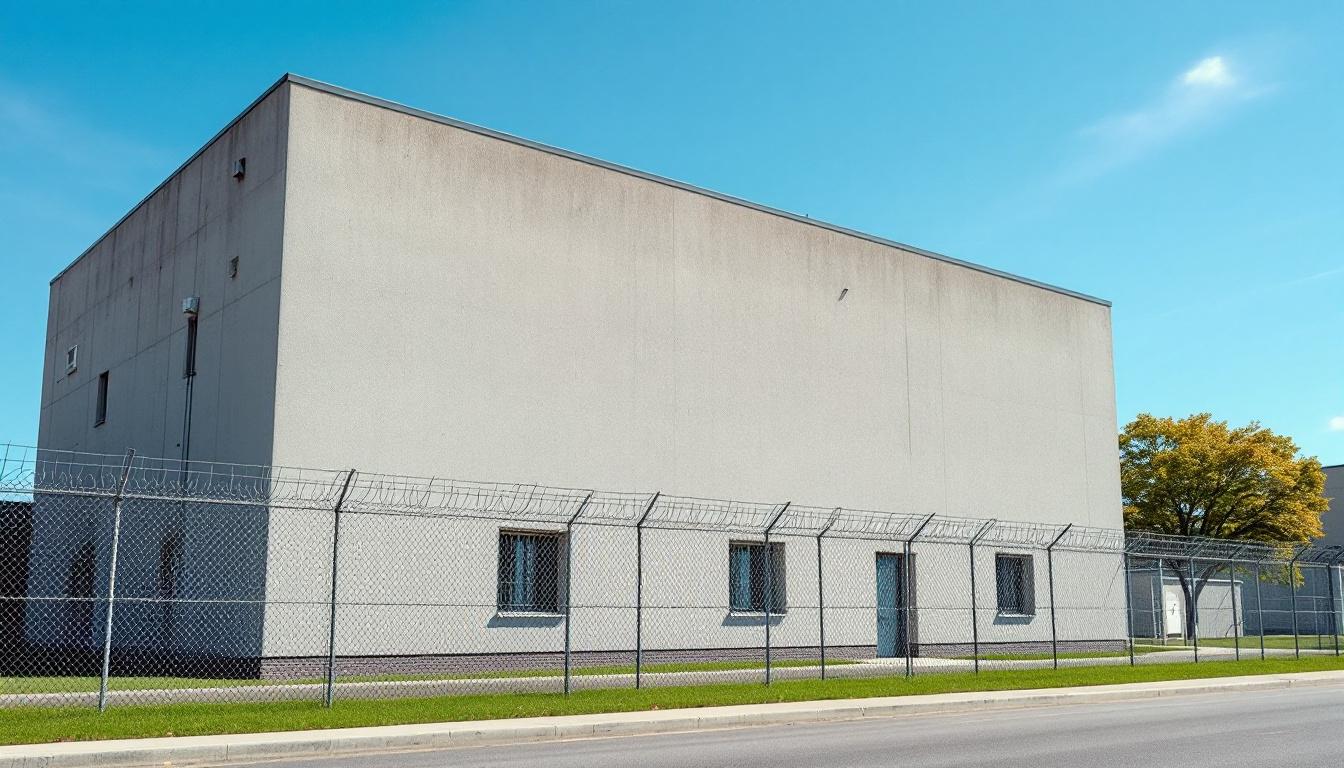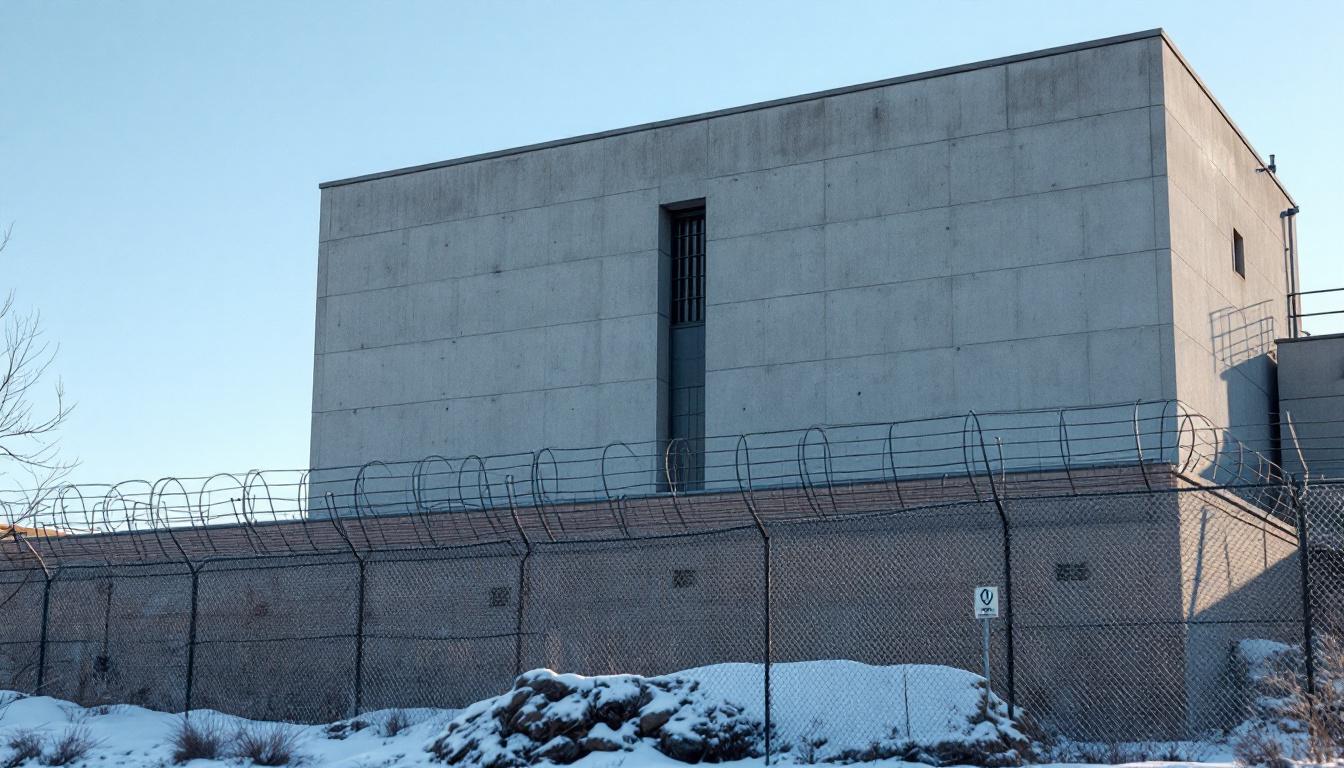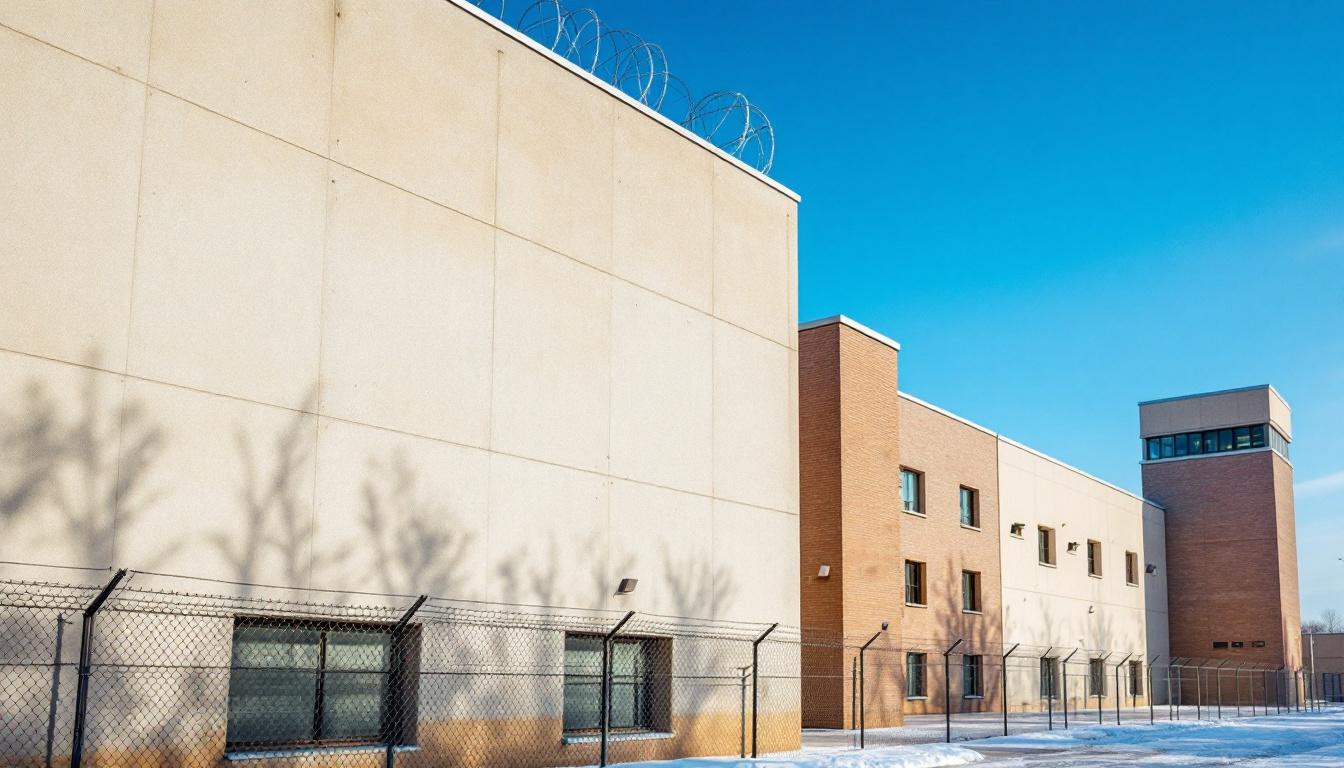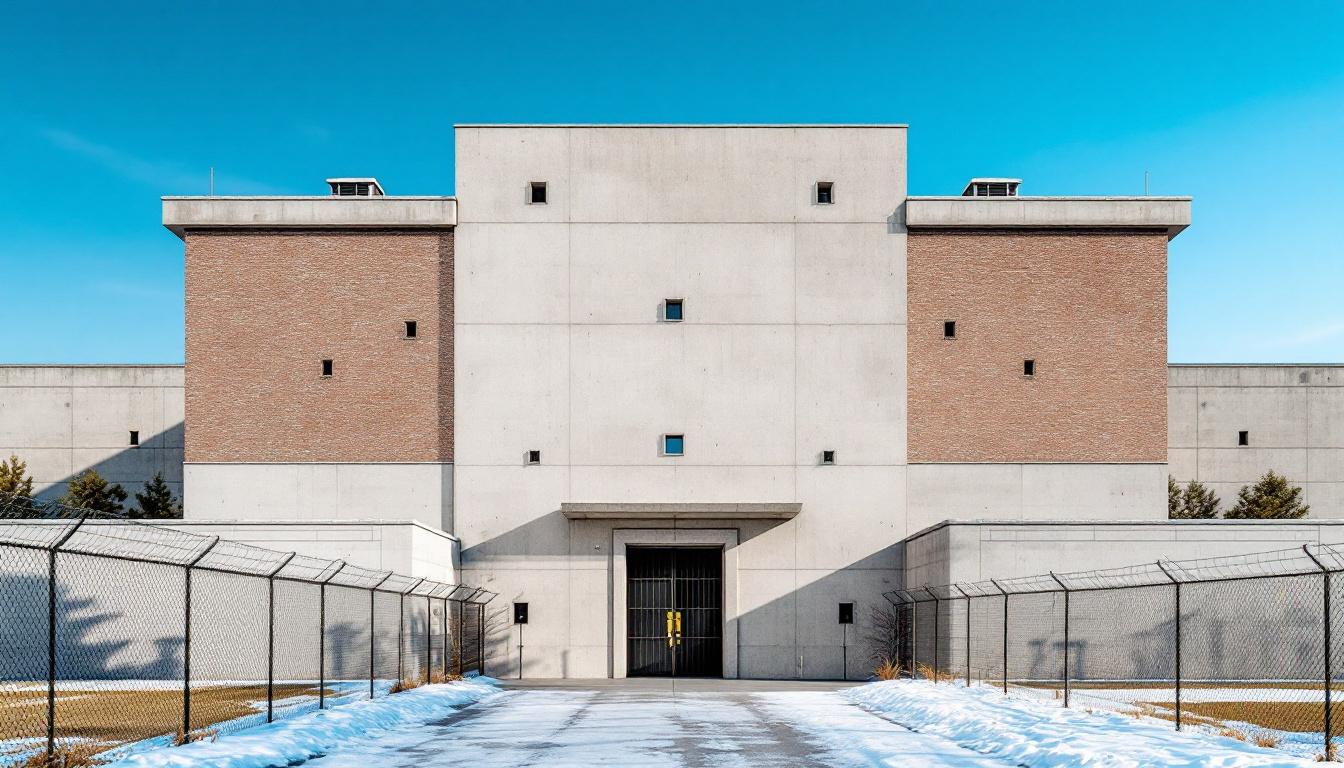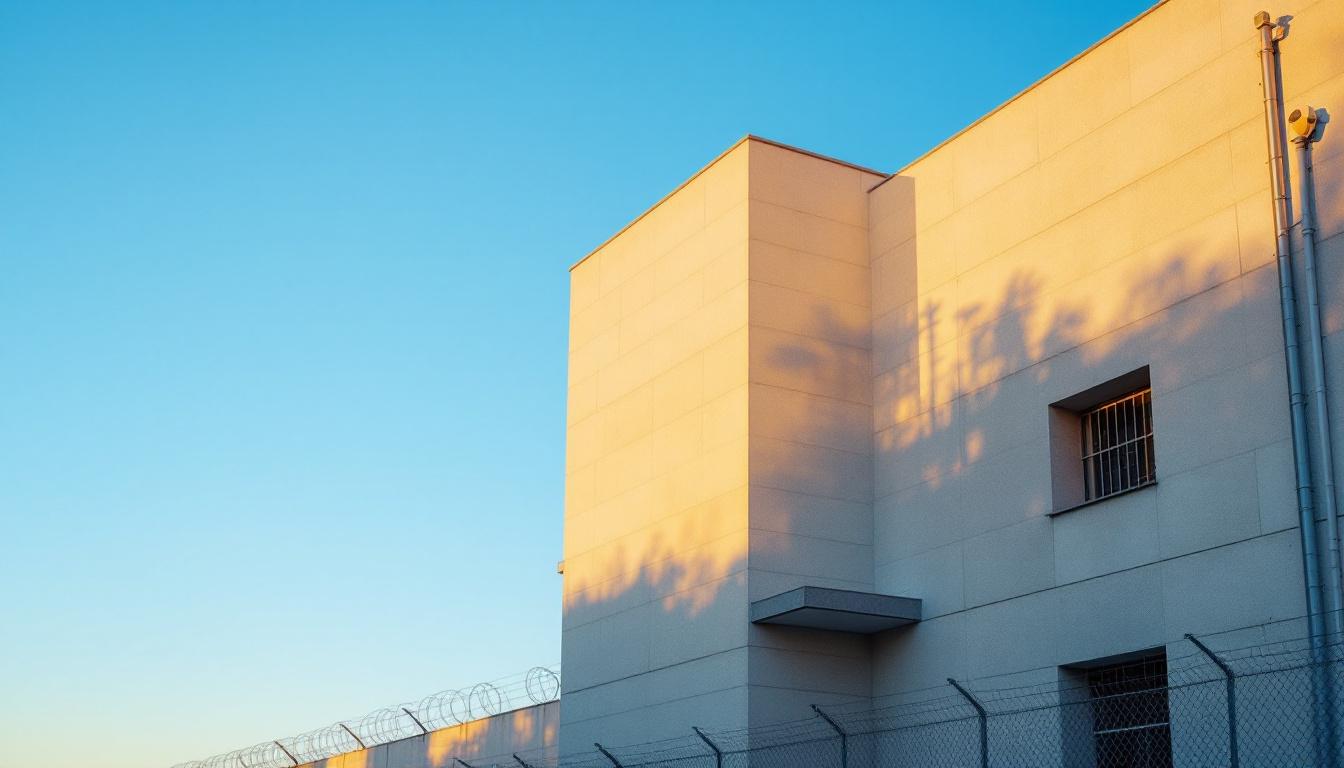
Quick Navigation
How to contact an inmate at Sumter-Lee Regional Detention Center
This comprehensive guide will walk you through how to connect with an inmate at Sumter-Lee Regional Detention Center. Follow the steps below to find an inmate and send letters and photos:
- Search for the inmate using our search tool below
- Create your account or log in to Penmate
- Write your message (up to 6,000 characters)
- Send instantly - inmates receive printed copies daily
Find an Inmate
Search for an inmate to start communicating today
Tip: You can search by first name, last name, or inmate ID number
To contact a person at Sumter-Lee Regional Detention Center start by searching for the person on the official facility website. Perform a search by following these steps:
- Step 1: Enter their first name and last name into the search form and click "Search"
- Step 2: Locate their inmate record
- Step 3: Write down their Inmate ID and any housing information provided
Important! Be sure to enter the person's full name. Nicknames should not be used.
How to Send Messages to Inmates

You can use your phone or computer to send emails, letters, and photos to an inmate. Messages are sent electronically to inmate tablets or kiosks at the facility. If you would like to send a message, start by searching for an inmate at Sumter-Lee Regional Detention Center.
Sending Photos and Postcards

A great way to send love and support to a loved one at Sumter-Lee Regional Detention Center is to send photos and postcards. It only takes a few minutes to send photos from your phone and it makes a huge difference. You can also mail postcards with words of support and inspiration, or design your own postcard for special moments like birthdays and holidays.
Important! Be sure not to send any explicit photos or they may not be approved by the facility. You can also use a photo printing app like Penmate to make sure your photos are printed at the correct size (4x6 or 3x5) and are mailed according to the rules and regulations of Sumter-Lee Regional Detention Center.
Frequently asked questions about Sumter-Lee Regional Detention Center
-
How long does it take to deliver a message?
If you're sending an email message your letter is usually delivered within 24-48 hours. For messages sent via mail you should expect delivery within 3-7 days. All messages will need be approved by Sumter-Lee Regional Detention Center.
-
How much does it cost to send a message to Sumter-Lee Regional Detention Center?
You can send a message free using your phone or mail a message via USPS for the price of a $0.60 stamp and envelope. You can also purchase credits or e-stamps from services starting at $1.99.
-
What services can I use to contact an inmate at Sumter-Lee Regional Detention Center?
Penmate
You can use Penmate to send letters and photos to an inmate from your phone. It's an easy way to stay in touch during your loved one's incarceration. Use the inmate locator to find an inmate's location and contact information, then you can send messages within a few minutes.
Securus messaging
Securus may be another option for communicating with an inmate at Sumter-Lee Regional Detention Center. You can create a friends and family account and purchase credits to send messages. All messages will be reviewed and must be approved by the facility.
JPay
Some county jails and state prisons may support sending messages with JPay. You must register an account with the system, find your loved one, and purchase stamps to send messages. For some locations you can also attach photos.
Smart Jail Mail
You may also check if Smart Jail Mail is available at Sumter-Lee Regional Detention Center. Smart Jail Mail is operated by Smart Communications and has contracted with some state and county jails. After purchasing credits, your messages and photos are sent to the facility, printed out, and then handed out to your loved one.
-
What is the mailing address of Sumter-Lee Regional Detention Center?
Mailing address:
Sumter-Lee Regional Detention Center
1250 Winkles Rd
Sumter, SC 29153
Phone: (803) 436-2340Business hours:
- Monday: 8:30 AM – 5:00 PM
- Tuesday: 8:30 AM – 5:00 PM
- Wednesday: 8:30 AM – 5:00 PM
- Thursday: 8:30 AM – 5:00 PM
- Friday: 8:30 AM – 5:00 PM
- Saturday: 9:00 – 11:00 AM
- 2:30 – 4:30 PM
- Sunday: Closed
-
What are the visiting hours at Sumter-Lee Regional Detention Center?
Visiting hours at Sumter-Lee Regional Detention Center vary by housing unit and security level. Generally, visits are scheduled on weekends and holidays, with some facilities offering weekday visits. Contact the facility directly at (803) 436-2340 or check their website for the current visiting schedule. Visits typically last 30-60 minutes and must be scheduled in advance.
-
What items are prohibited when sending mail to Sumter-Lee Regional Detention Center?
Prohibited items typically include: cash, personal checks, stamps, stickers, glitter, glue, tape, staples, paperclips, polaroid photos, musical or blank greeting cards, hardcover books, magazines with staples, and any items containing metal or electronics. Only send letters on plain white paper with blue or black ink. Photos must be printed on regular photo paper (no Polaroids). Always check with Sumter-Lee Regional Detention Center for their specific mail policies.
-
How do I send money to an inmate at Sumter-Lee Regional Detention Center?
You can send money to an inmate at Sumter-Lee Regional Detention Center through several methods: 1) Online using JPay, Access Corrections, or the facility's approved vendor, 2) Money orders mailed directly to the facility with the inmate's name and ID number, 3) Kiosks located in the facility lobby, or 4) Over the phone using a credit or debit card. Fees vary by method, typically ranging from $2.95 to $11.95 per transaction.
-
Can I schedule a video visit with an inmate at Sumter-Lee Regional Detention Center?
Many facilities now offer video visitation as an alternative to in-person visits. At Sumter-Lee Regional Detention Center, video visits may be available through services like Penmate, Securus Video Connect, GTL, or ICSolutions. Video visits typically cost $10-20 for 20-30 minutes and must be scheduled in advance. You'll need a computer or smartphone with a camera and reliable internet connection. Contact the facility for their specific video visitation policies and approved vendors.
-
What identification do I need to visit an inmate at Sumter-Lee Regional Detention Center?
All visitors must present valid government-issued photo identification such as a driver's license, state ID, passport, or military ID. Minors must be accompanied by a parent or legal guardian who can provide the minor's birth certificate. Some facilities require visitors to be on the inmate's approved visitation list, which may require a background check. Contact Sumter-Lee Regional Detention Center for specific ID requirements and visitor approval procedures.
-
How can I find out an inmate's release date?
To find an inmate's release date at Sumter-Lee Regional Detention Center, you can: 1) Use the online inmate search tool if available, 2) Call the facility's records department, 3) Contact the inmate's case manager or counselor, or 4) Have the inmate provide this information during a call or visit. For privacy reasons, some facilities only release this information to immediate family members.
Facility Overview
Contact Information
Sumter-Lee Regional Detention Center1250 Winkles Rd
Sumter, SC 29153
Phone: (803) 436-2340
Official Website
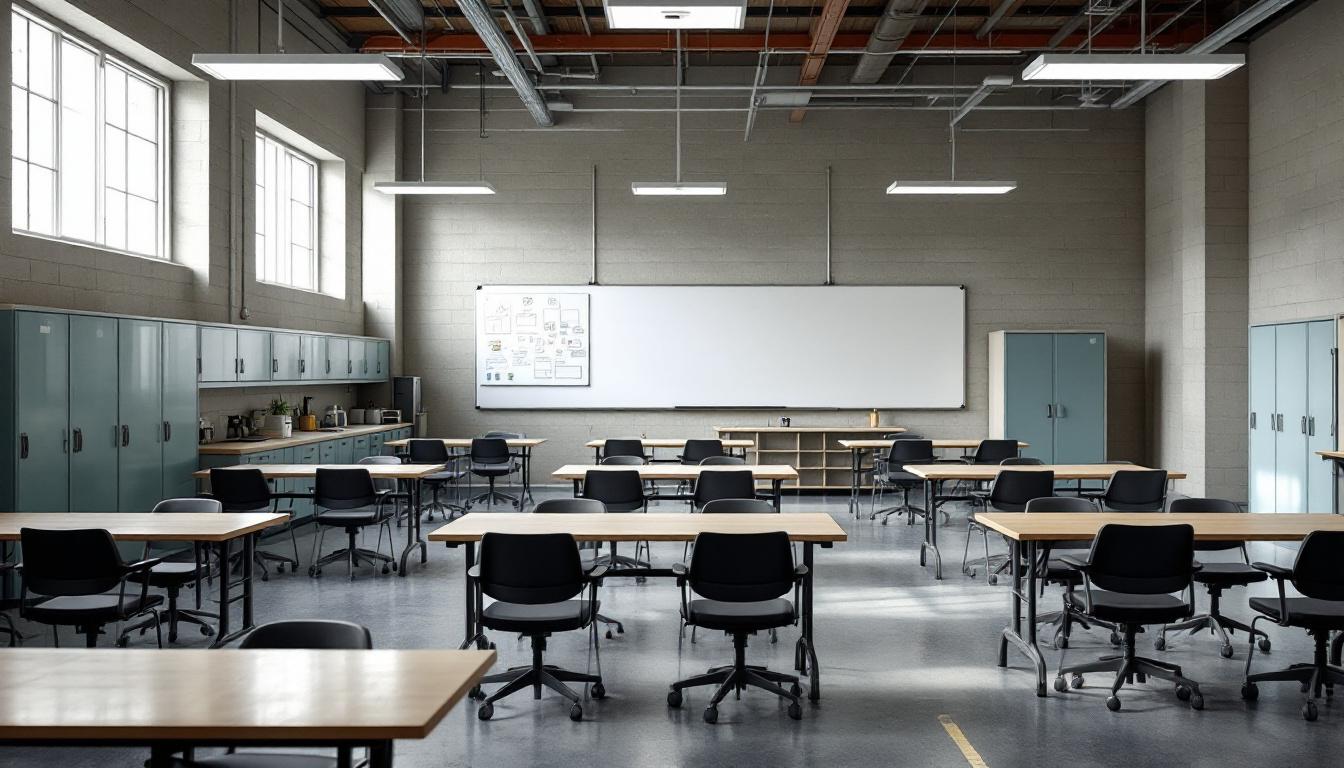
About Sumter-Lee Regional Detention Center
Nestled in the heart of South Carolina’s central region, Sumter serves as home to the Sumter County Detention Center, SC, a facility that plays an integral role within the state’s broader correctional framework. This SC correctional facility operates with a focus on balancing necessary security measures while maintaining pathways for personal growth and community reintegration. The center typically houses individuals awaiting trial or serving shorter sentences, positioning it as a crucial component in the local justice system’s daily operations.
The facility generally emphasizes accessible programming designed to support residents during their time of incarceration. Educational opportunities may include basic literacy courses, GED preparation, and vocational training programs that align with regional employment needs. Rehabilitation services often encompass substance abuse counseling, mental health support, and life skills development workshops. These residents services typically aim to address underlying issues that may have contributed to criminal behavior while preparing individuals for successful reentry into Sumter and surrounding communities.
As part of South Carolina’s detention center network, the facility generally maintains connections with local organizations and agencies to facilitate comprehensive support systems. The center’s approach often includes family visitation programs, religious services, and recreational activities designed to maintain positive connections and promote personal development. Through these various initiatives, the Sumter County Detention Center typically strives to serve not dedicated as a secure holding facility but as a stepping stone toward rehabilitation and community restoration within the broader South Carolina correctional landscape.
Programs & Services
Educational and vocational initiatives at Sumter County Detention Center typically encompass a comprehensive approach designed to equip residents with essential skills for successful community reintegration. The facility’s philosophy emphasizes personal development through structured learning opportunities that address both immediate educational needs and long-term career preparation. These initiatives often reflect a commitment to transforming incarceration into a period of meaningful growth, where residents may access resources that enhance their prospects for employment and civic engagement upon release.
The educational component of these initiatives frequently includes fundamental academic instruction alongside specialized civic education programming. Residents may participate in literacy development courses, basic mathematics instruction, and comprehensive civic education that covers topics such as voting rights, community responsibilities, and legal awareness. Furthermore, vocational programs typically provide hands-on training in practical skills that align with regional employment opportunities. These initiatives may include building maintenance training, where residents develop competencies in electrical work, plumbing, and general construction skills that translate directly to marketable job qualifications in the community.
Support services within the facility often encompass faith-based initiatives that provide spiritual guidance and community connection for interested residents. These programs typically offer counseling, group discussions, and volunteer mentorship opportunities that may strengthen residents’ personal support networks. Furthermore, stress management initiatives frequently address the psychological challenges of incarceration through therapeutic techniques, conflict resolution training, and emotional wellness programming. Such comprehensive support services may help residents develop coping strategies and interpersonal skills that prove invaluable during their transition back to community life, ultimately contributing to reduced recidivism rates and improved long-term outcomes.
Daily Life & Visitation
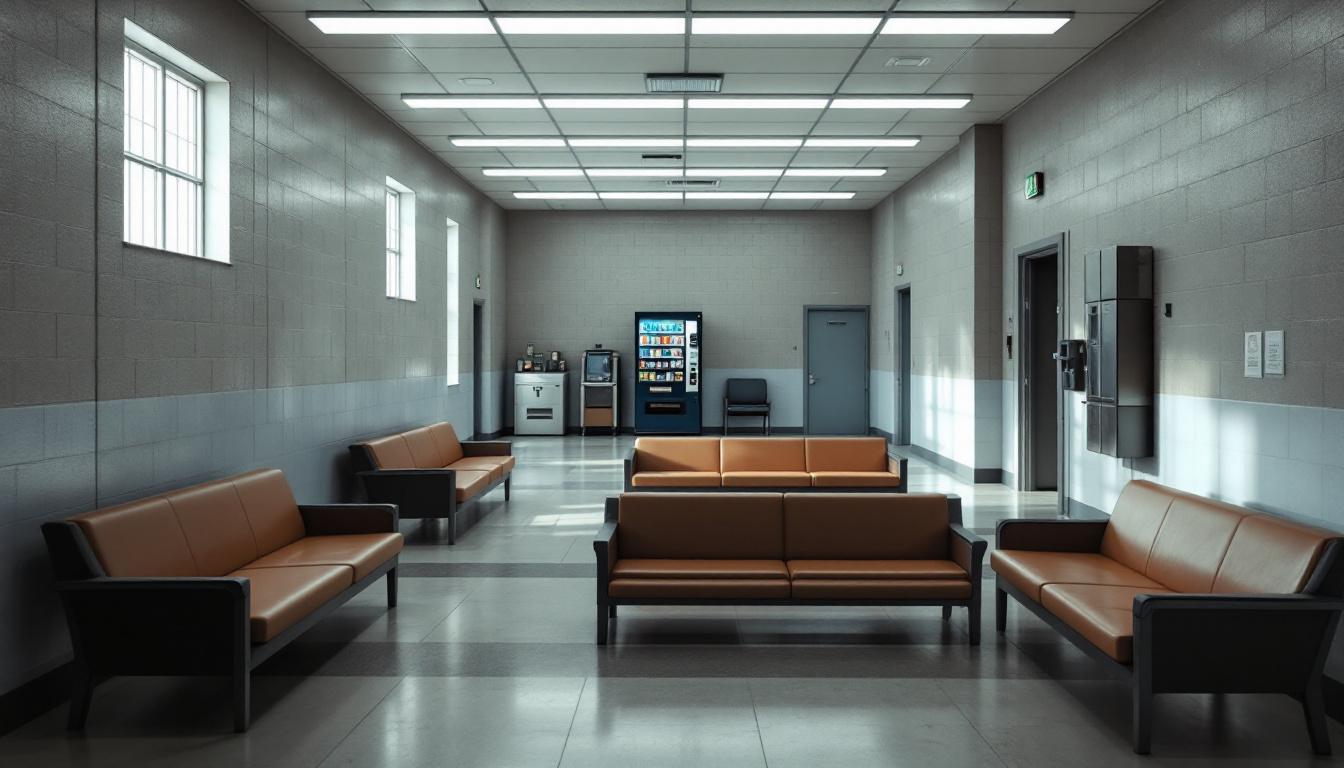
The rhythm of structured schedules delivers consistency to residents today, with carefully organized routines that typically begin before dawn and continue throughout the evening hours. Each day generally follows a predictable pattern of meals, programming, work assignments, and recreational periods that residents can consistently rely upon. This framework helps establish a sense of normalcy and purpose, as residents usually know what to expect from one day to the next, creating an environment where they can focus on personal growth and rehabilitation goals.
Furthermore, living accommodations at the facility typically include dormitory-style housing units or individual cells, depending on classification levels and security requirements. Residents generally receive three meals daily in designated dining areas, with menus that usually meet basic nutritional standards and may accommodate certain dietary restrictions or medical needs. Personal property is typically limited to essential items and approved commissary purchases, which residents can usually access on scheduled days to supplement their basic necessities and maintain connections to personal preferences.
Although daily routines provide structure, residents may also participate in various programs and activities designed to support their rehabilitation and maintain family connections. Work assignments often include kitchen duties, facility maintenance, laundry services, or other institutional operations that help residents develop work habits and contribute to the facility’s daily operations. Visitation opportunities typically occur on designated days and times, allowing residents to maintain important relationships with family members and approved visitors, while phone privileges and correspondence generally provide additional means of staying connected to their support systems outside the facility.
Ready to Connect?
Start communicating with your loved one today
Search for an Inmate
